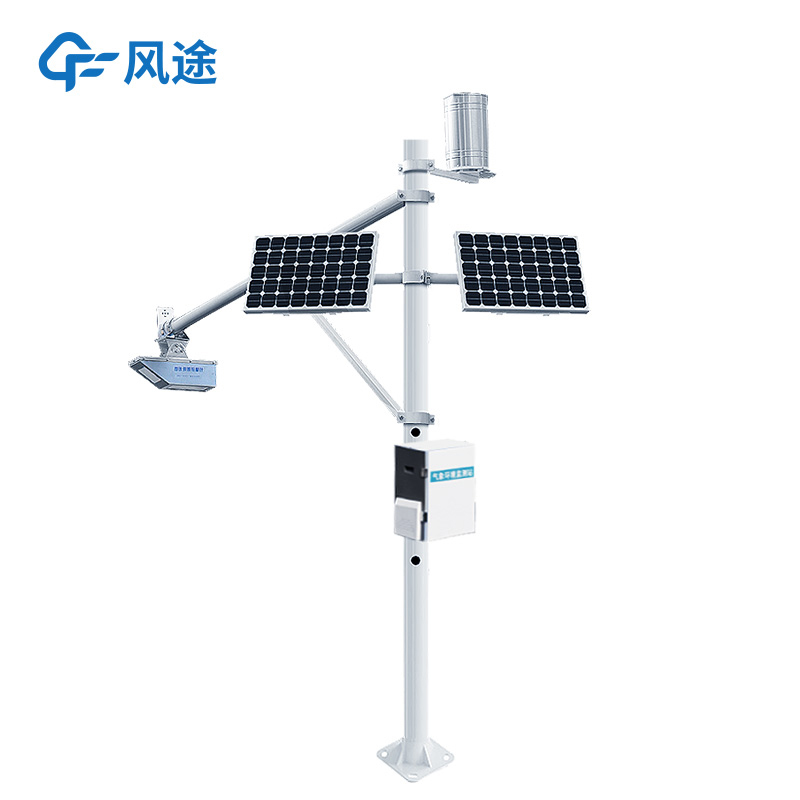Meteorological environment monitoring equipment supplier
Insist on doing high-precision customer favorite technology products
Among the types of natural disasters, flood disasters have a huge negative impact on human life and socio-economic activities. With the continuous advancement of science and technology, River flow and streamflow monitoring has gradually developed, providing effective technical means to deal with flood risks and helping relevant work achieve early detection and early disposal.
River flow and streamflow monitoring consists of several components. First is the front-end monitoring equipment, including water level sensors, flow sensors, etc. Water level sensors can accurately measure the water level of rivers, with common types such as radar water level gauges and ultrasonic water level gauges. Flow sensors are responsible for measuring the flow of river water, among which acoustic Doppler ultrasonic flowmeters and radar flowmeters are widely used.
The data acquisition terminal collects the data from the sensors, conducts preliminary processing and storage. The communication module is responsible for transmitting the collected data to the remote monitoring center through 4G, wired communication and other methods. The monitoring center is equipped with servers, display screens, software systems, etc., to receive, process, analyze and display monitoring data, and conduct comprehensive analysis and decision-making on the collected information.
The working principle of the system is based on advanced technical means. Water level sensors measure water level through different principles. For example, radar water level gauges use the reflection characteristics of electromagnetic waves, and ultrasonic water level gauges measure the distance between the water level and the sensor by transmitting and receiving ultrasonic signals, and then calculate the water level height. Flow sensors calculate the flow by measuring parameters such as water flow velocity, combined with river section information and using hydraulics formulas.
When the system is running, the front-end monitoring equipment collects water level and flow data in real time, and quickly transmits the data to the remote monitoring center through the data acquisition terminal and communication module. The software system of the monitoring center analyzes and processes the data. Once abnormal water level or flow is detected, such as the water level exceeding the warning level or a sudden significant increase in flow, the system will immediately issue an alarm.
During the flood season, through real-time monitoring data, relevant departments can timely grasp the changes in river water conditions and predict the occurrence and development trend of floods in advance. For example, in a certain area before the arrival of a flood, the monitoring system detected a rapid rise in water level and a significant increase in flow, and issued an early warning in time. Based on the early warning information, relevant departments organized the relocation of residents in the lower reaches in advance and reinforced flood control facilities, reducing casualties and property losses.
River flow and streamflow monitoring can also assist in the dispatch of water conservancy projects. According to the real-time monitored water level and flow data, the storage and discharge of reservoirs are reasonably arranged, which not only ensures flood control safety but also realizes the rational use of water resources.
